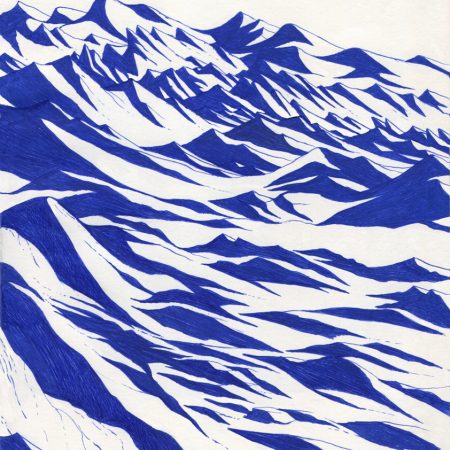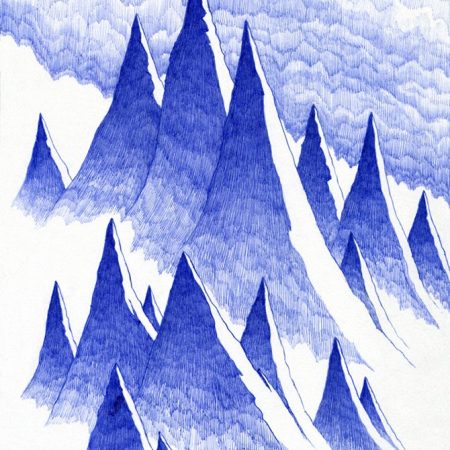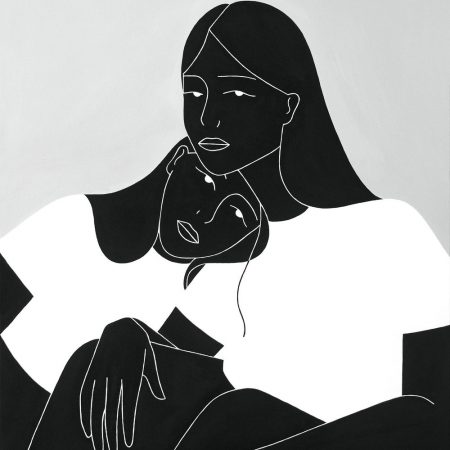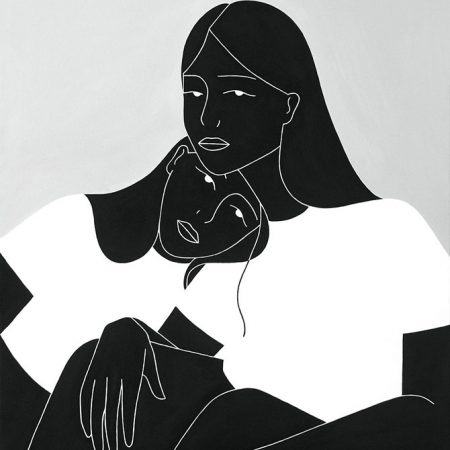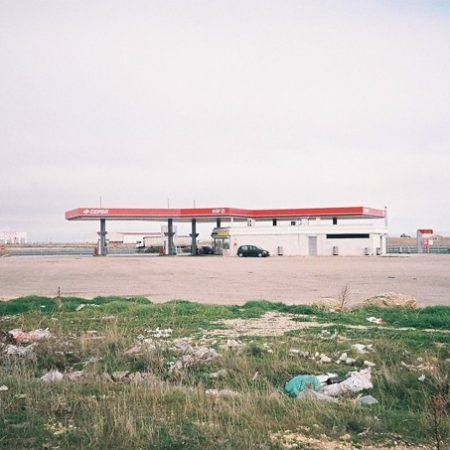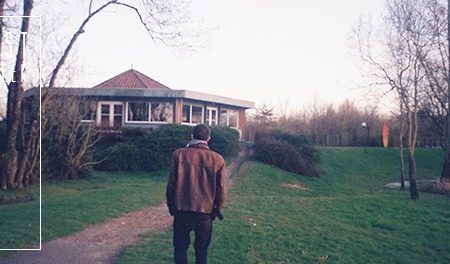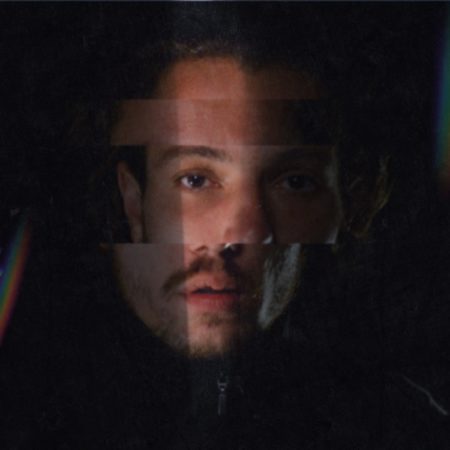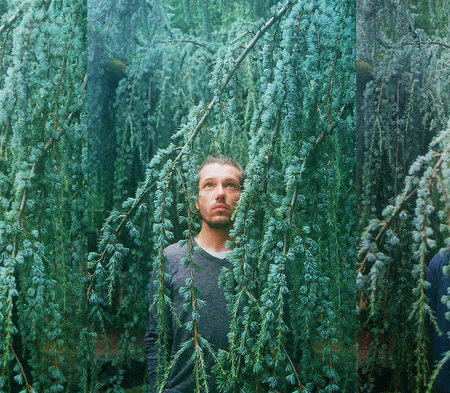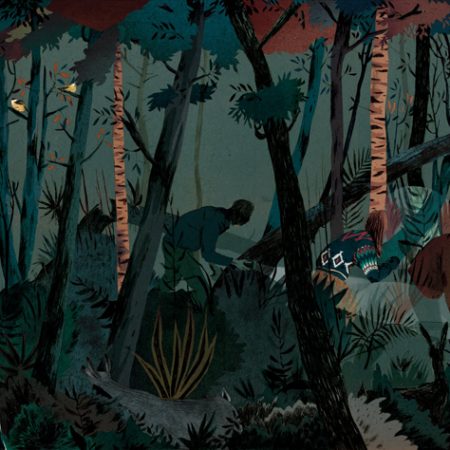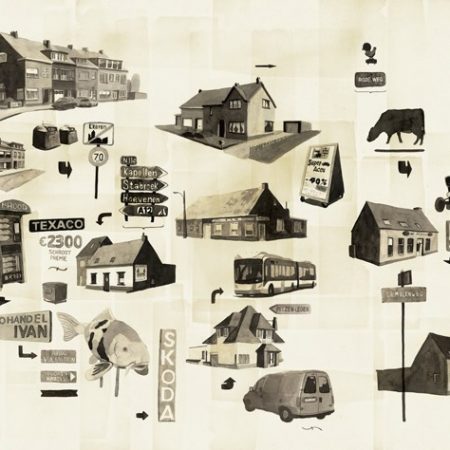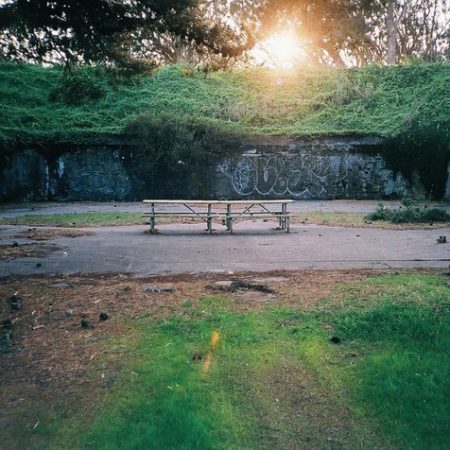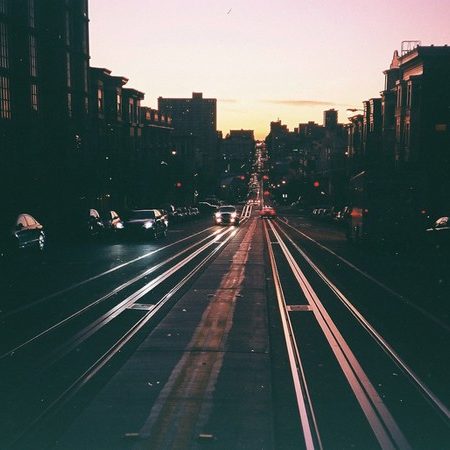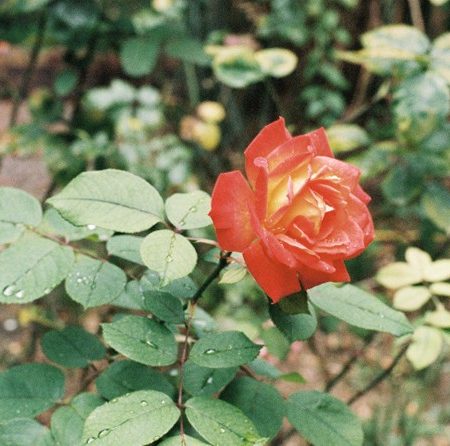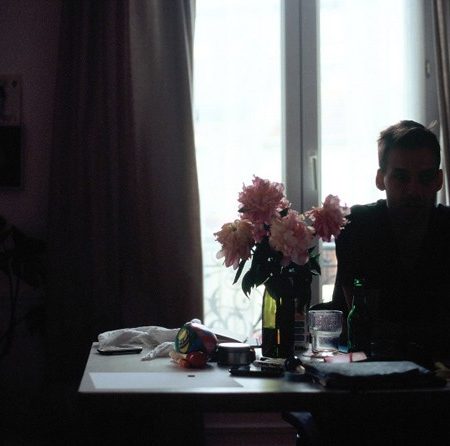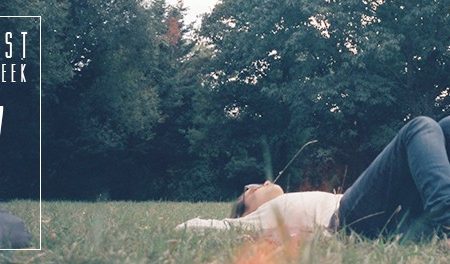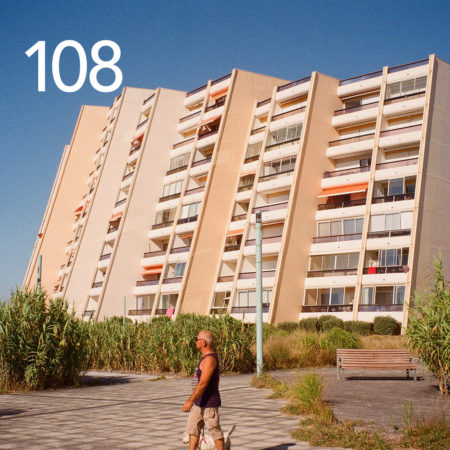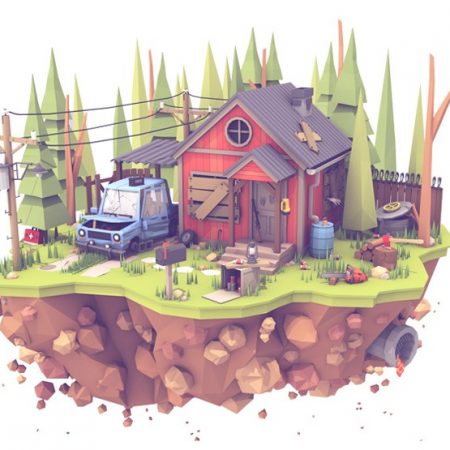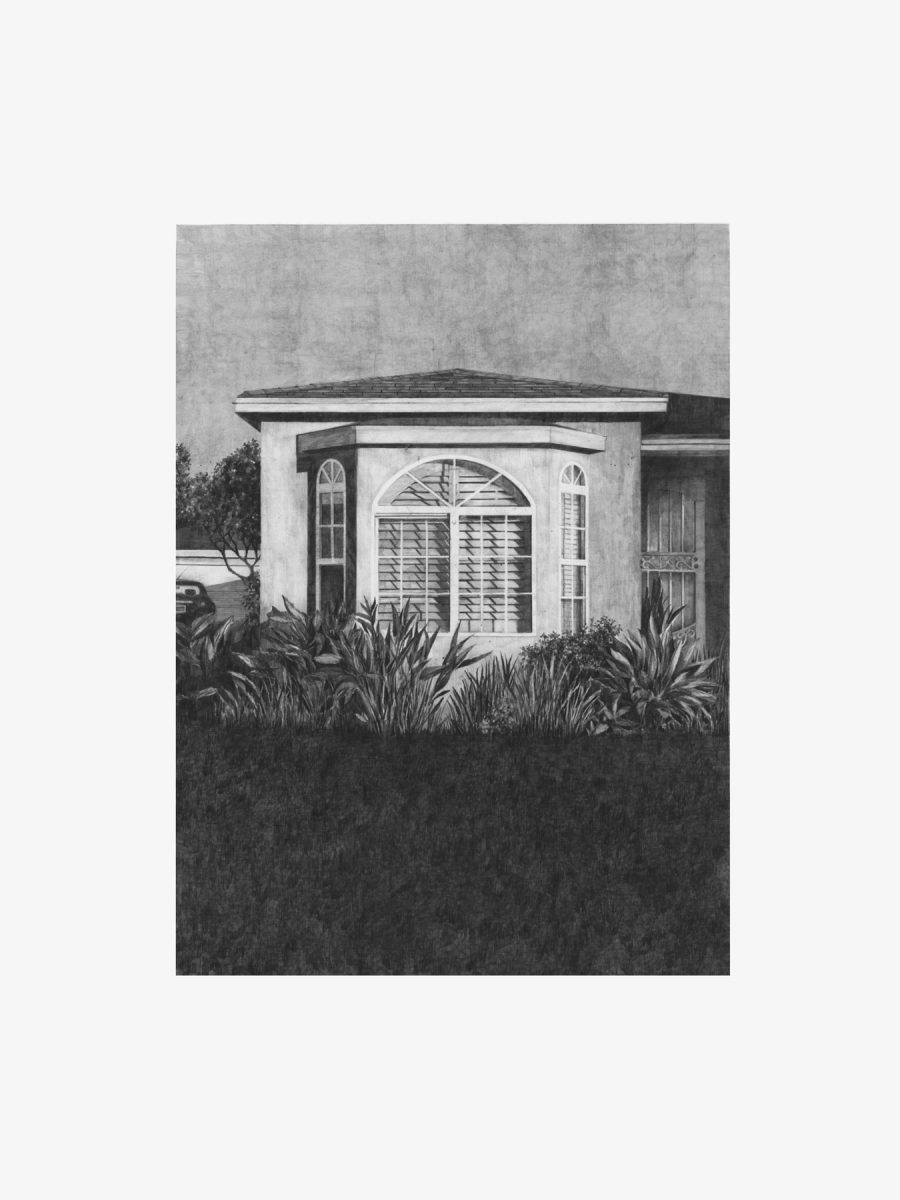
We want the viewer to feel like they’re waiting.
MARTINET & TEXEREAU
ART . June 27th, 2018Hi Pauline, hi Zoé, or shall I say Martinet & Texereau, would you please introduce yourselves?
We are two French artists from Paris. We met at the Nationale Supérieure des Arts Décoratifs de Paris and started working together in 2008, we mainly do drawings. We show our work in different exhibitions in France and abroad. We have also participated in several residency programs in Norway and in Los Angeles.
How do proceed for such an artwork ? Do you both draw a part of it?
It’s a very simple process and it has been the same since we started 10 years ago. We always start with a photo as it gives us a chance to talk about what we’ll draw, to make sure we have the exact same idea in mind. We always do two drawings at the same time -one each-, and at some point, we swap and take the one from the other. This can happen one or ten times, depending on the size. We don’t have to talk much before swapping, it’s quite natural and intuitive for us. The phase that requires more adjustments and discussion is the pre-drawing phase, when we talk about what we want to do and why.
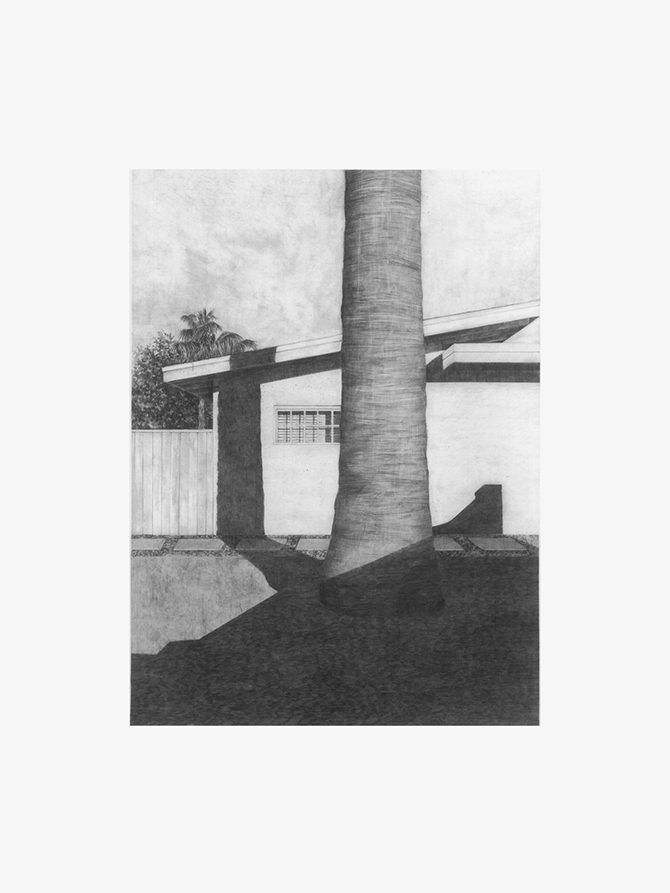
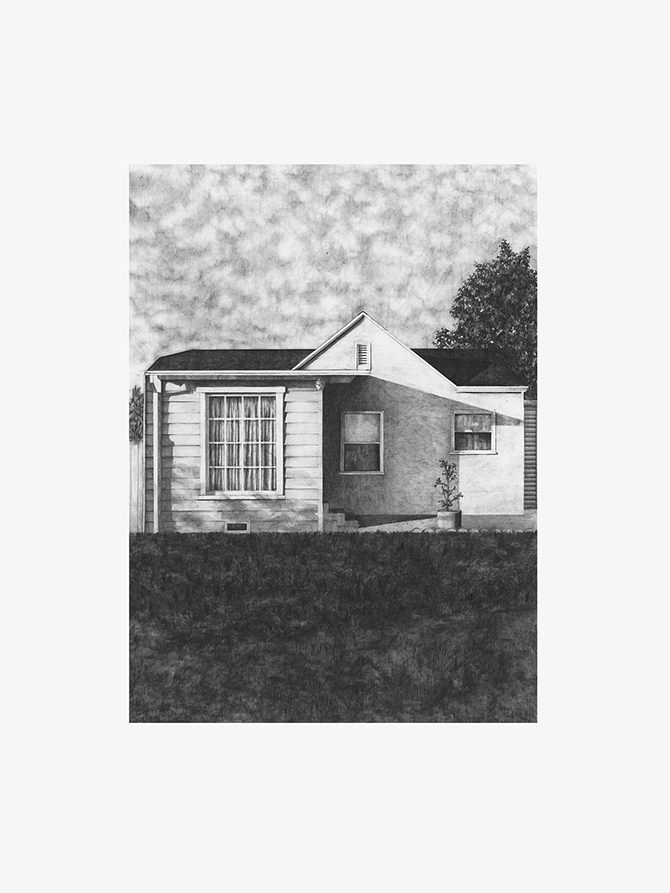
What is the story behind the Los Angeles series?
We did a residency program with the gallery Tappan Collective and we stayed there for three months. We swapped one of our apartments and our studio with the artist Andrew Steiger. If you’re interested there is a video about our full experience in LA.
It was an amazing opportunity because we have already been to LA a long time ago and we knew that we would find lots of things we would want to draw.
Also it’s always a good challenge to question the idea of everyday life in a foreign country. Everything becomes new and exotic and the idea of “everyday life” itself disappears. It takes time and energy to be able to see things with the eyes of people who have lived somewhere all their lives.
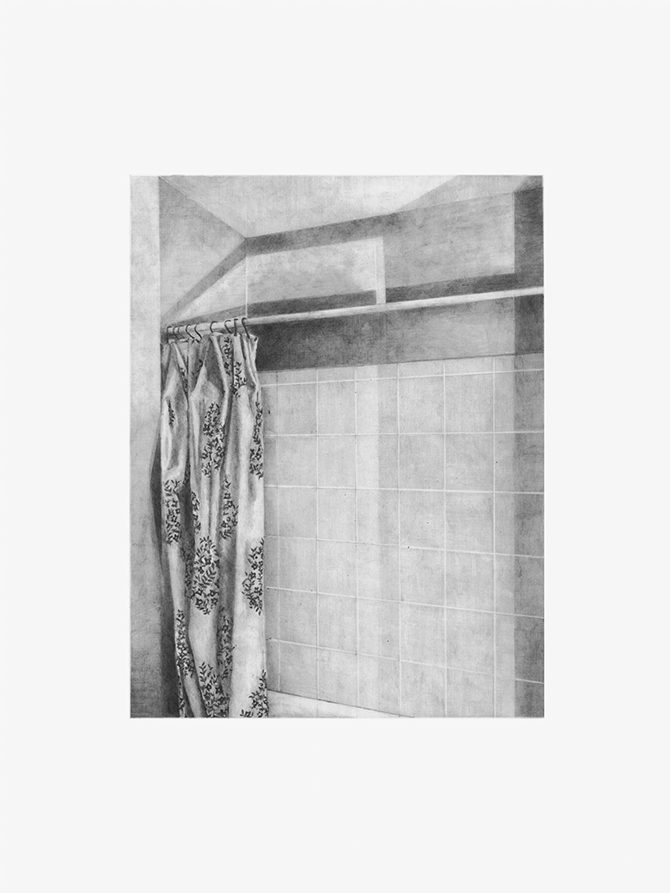
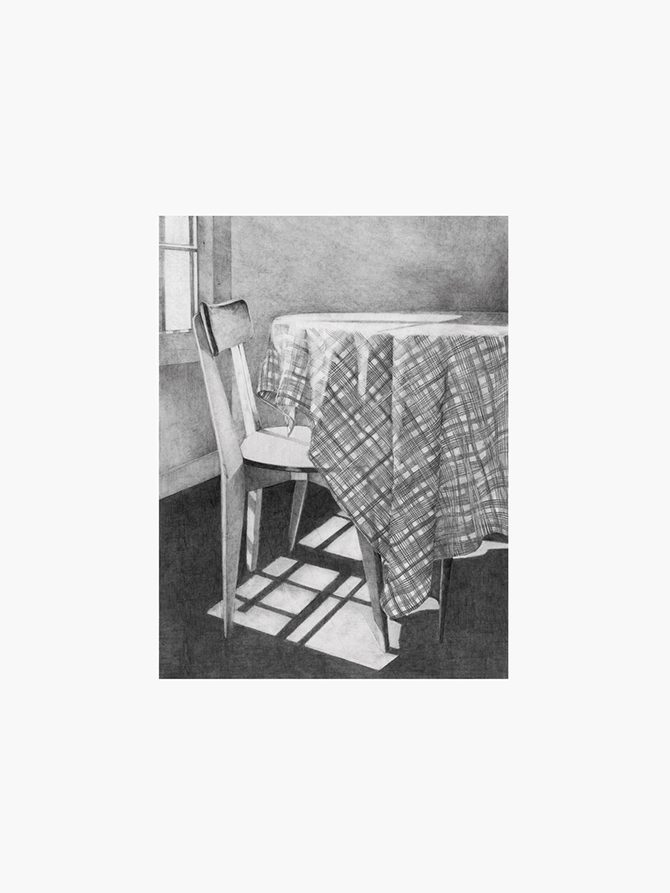
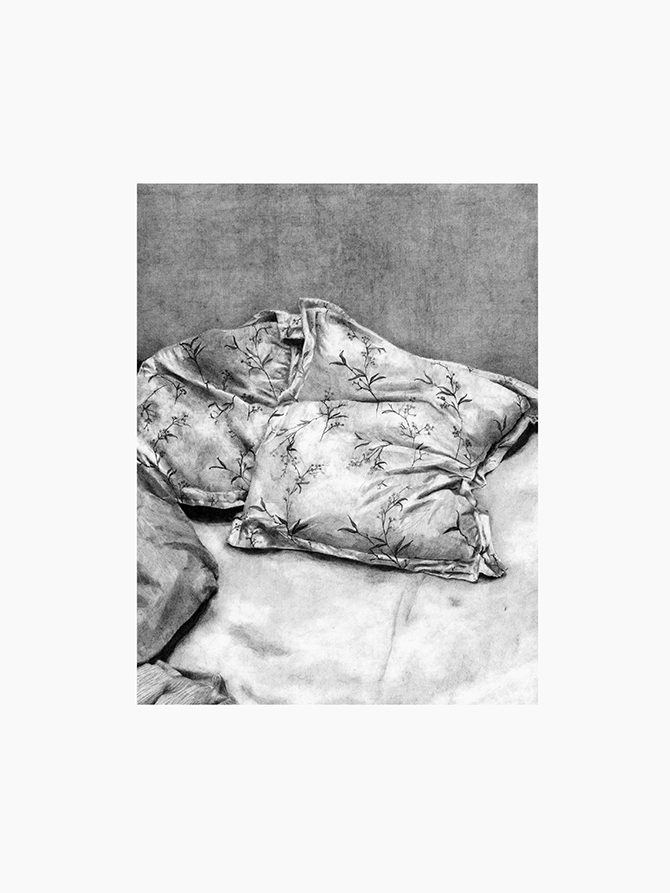
In comparison, it is impressive to see how the Paresse (Laziness) series give very relax and warm impression, though you always use the same technique. Does it depend on the experience you have in each place, or is it an atmosphere that you made up ? In other words, do you re-create or do you create the atmosphere?
We don’t really try to create an artificial atmosphere, even though we know that the pencil can change the way you perceive banal things. It doesn’t always work the same way, for example the workplace influences the method. This is especially true for a residency, as in such cases we always decide to let the place influence our drawings. When we stay abroad for a few months, or even in a new place, we don’t want to finish that we started there in our Paris studio, it wouldn’t make sense to us. Also, we have no clue of what we’ll do before arriving in a new place. It’s quite different in Paris, as we already know the place, everything looks familiar. Which pushes us to think a bit more, to be more aware of what we want to do and how to do it.
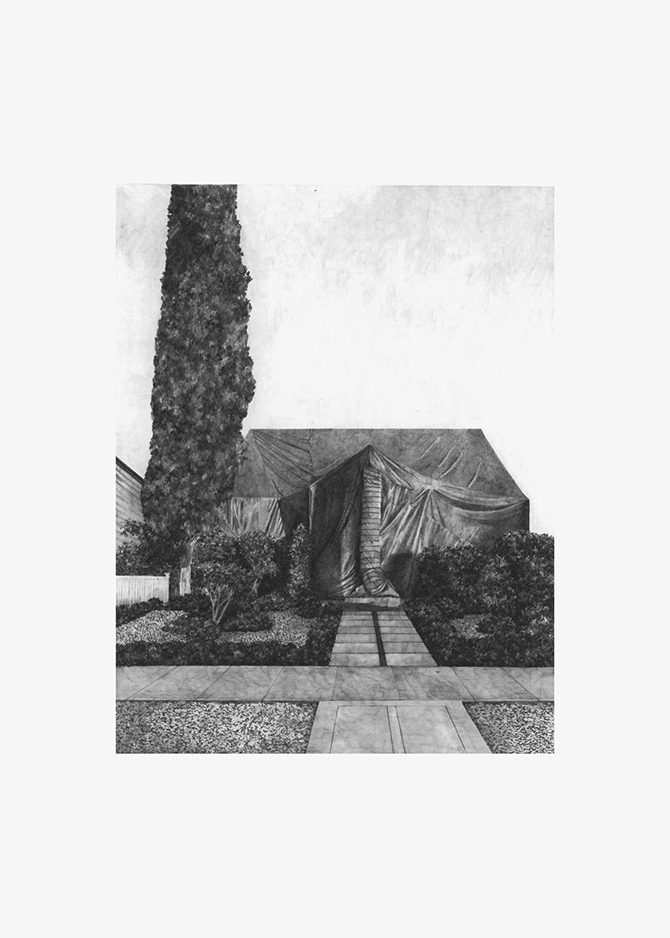
It gives a different picture of the city, at least different from what we would imagine. The empty and dark aspect of the illustrations gives it a lot of suspense. It almost feels like there has just been some crime happening there – in each of the scenes that you represented. How do you create such a special atmosphere?
We guess that’s thanks to the very special atmosphere of LA… Once there, we decided not to draw the classic LA things like palm trees or beaches, which wasn’t too hard because LA is not really like that.
It’s much more about endless, quiet residential neighborhoods with little houses and gardens, each one being not really different from the other but not exactly the same… We have always been interested in the places people live in and how they transform a place into their home. Before going there, we thought that the light would have had a big impact on our work but in the end, a lot of the scenes represented are at night with a lot of artificial light. It’s something that we always wanted to experiment with, and it’s probably not a total coincidence if that happened in LA, as this city has a real cinematic aura. Also, we stayed there during Christmas time, and the Christmas lights transposed into black and white create a strange and interesting atmosphere.
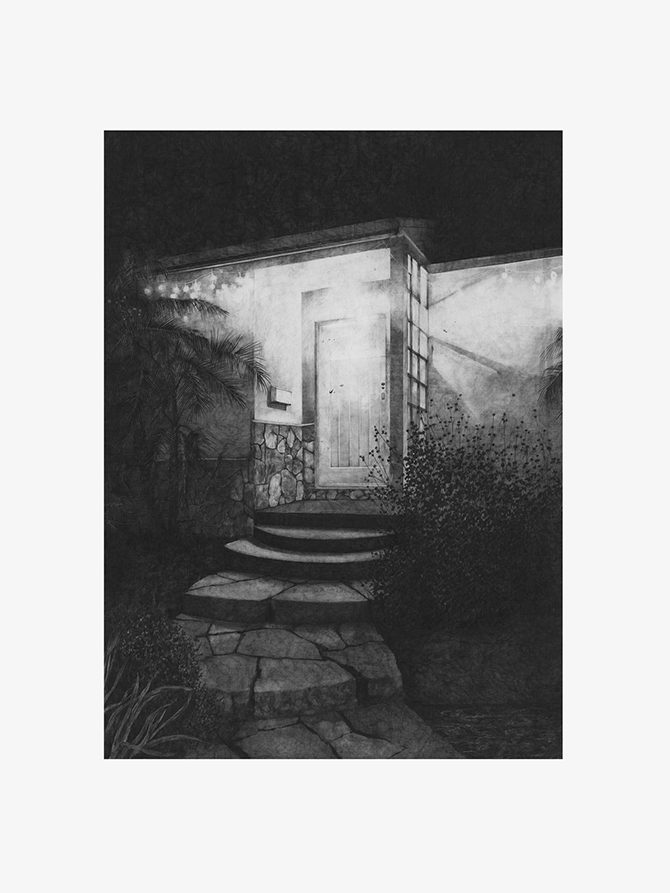
Do you think the observer can project himself so easily in the picture because there no human subject represented, which gives the observer the impression of a first person narrative?
The idea with the absence of humans is to not distract attention away from the main subject. In most of our drawings there is no action, and it sometimes gives the feeling that you’re either too late or too early for it. We want the viewer to feel like they’re waiting. This way, we hope they can really watch what they have in front of them and focus on the insignificant details.
Actually, you never picture humans, neither animals. It seems like you originally have a strong interest for Architecture, but that only partly explains the absence of living subjects. Can you tell us about it?
We do not directly represent living subjects because we want to avoid using a precise narrative, instead we want the viewer to notice the light, and the little details that they wouldn’t take the time to see in real life. Paradoxically, even if you can’t see people, we think humans are omnipresent in our drawings. Because everything we draw is about them, starting with architecture. Architecture is always connected to people, from its conception to the way each person occupies it and transforms it.
In the end, a recurrent impression that could give our drawings, is wondering if the room or the house you are seeing is really empty or not. None of the places are abandoned. There are lights, plants and curtains that prove humans were there not so long ago.
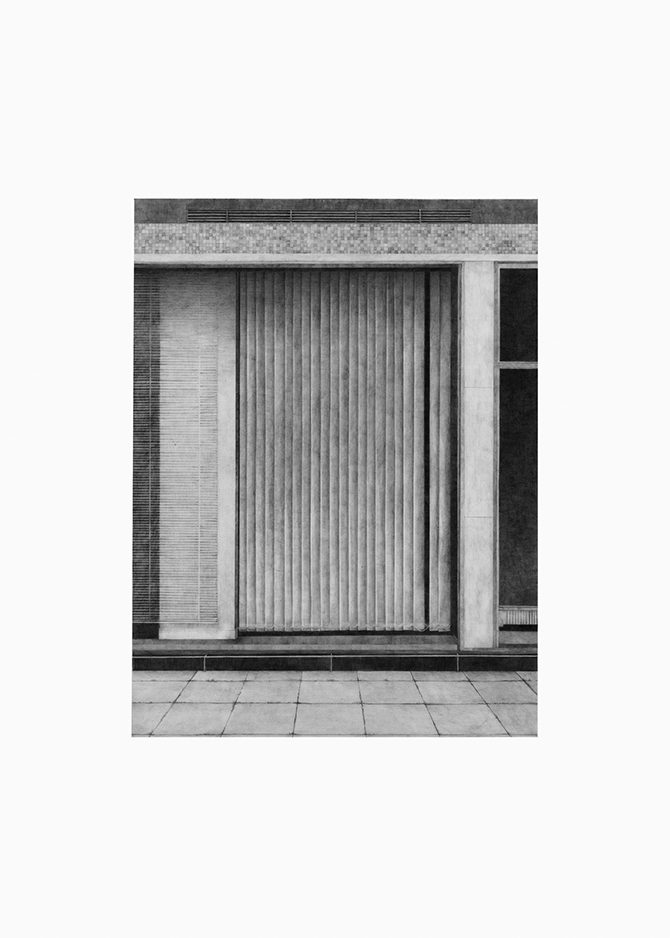
To conclude this short but intense interview, would you tell us about what you would like to work on next?
After coming back from LA, we kept on working on LA architecture and landscapes because we didn’t have time to draw all we wanted to draw over there and also because we can’t stop working on a series too suddenly. We always need a period of transition. Usually, we slowly start having ideas that are more and more different from what we are currently drawing. It can take up to several months to en a series for good.
We are now working with an architect and a graphic designer on a new project. It’s an editorial project about architecture and the city of Ivry sur Seine. Specifically, it’s about a social housing project (ensemble Renaudie) built between 1950 and 1970.
We’re also working on a new exhibition showing in Paris in November. It’ll be a chance to show lots of LA drawings. Some from our last exhibition in Montrelais, and some new ones. It’ll also be a chance for us to celebrate 10 years of working together!
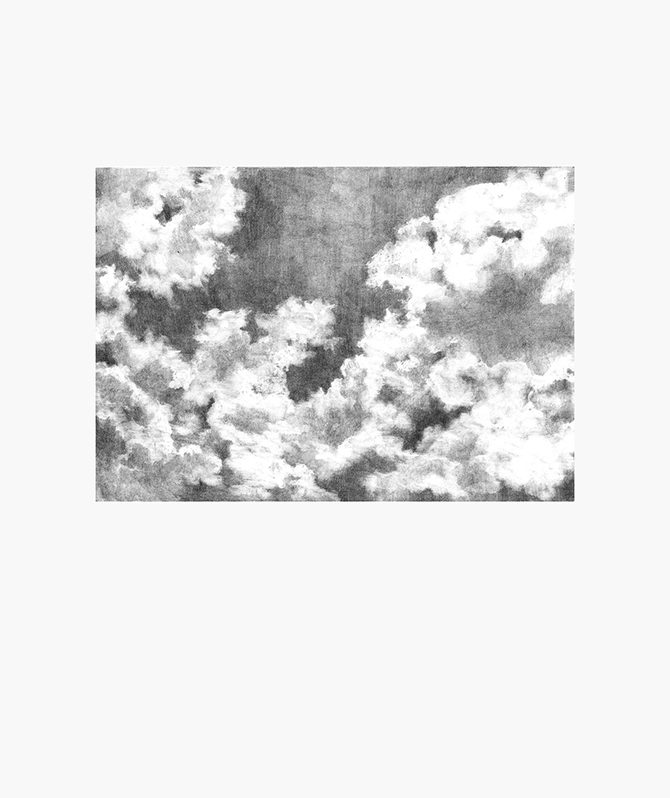
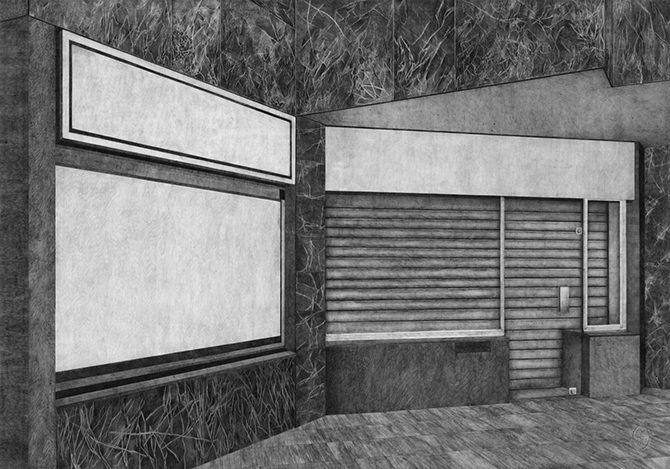
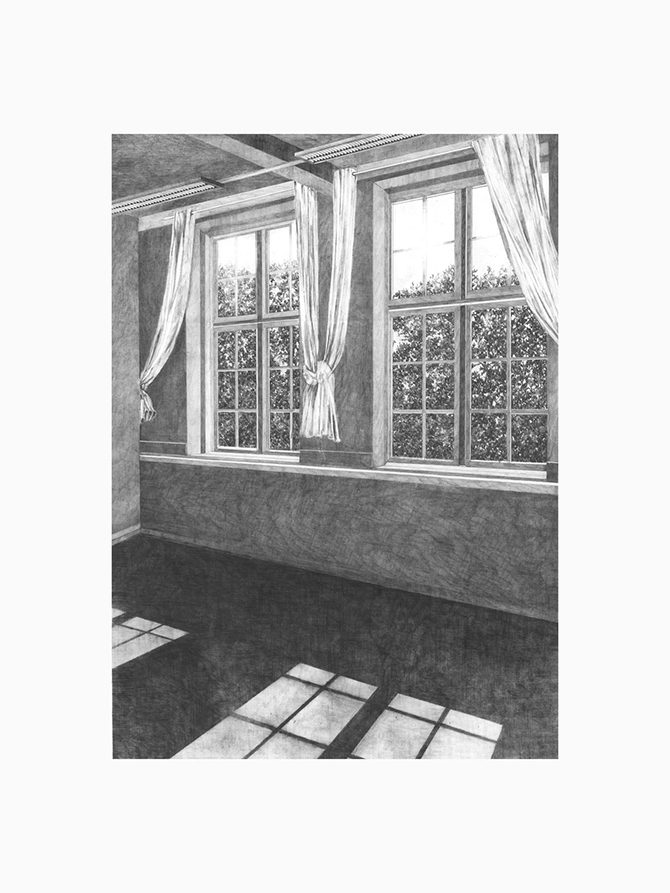
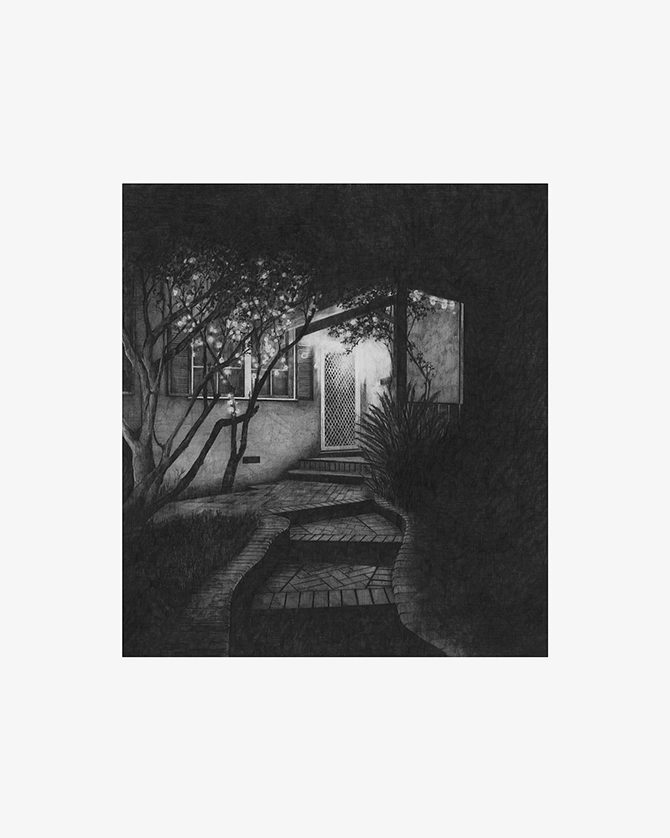
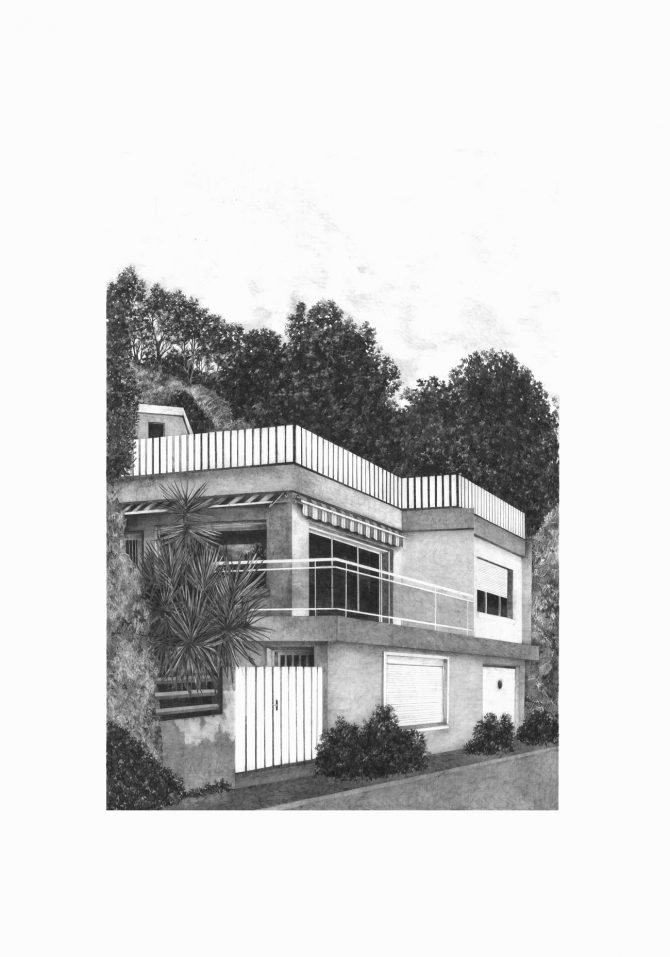
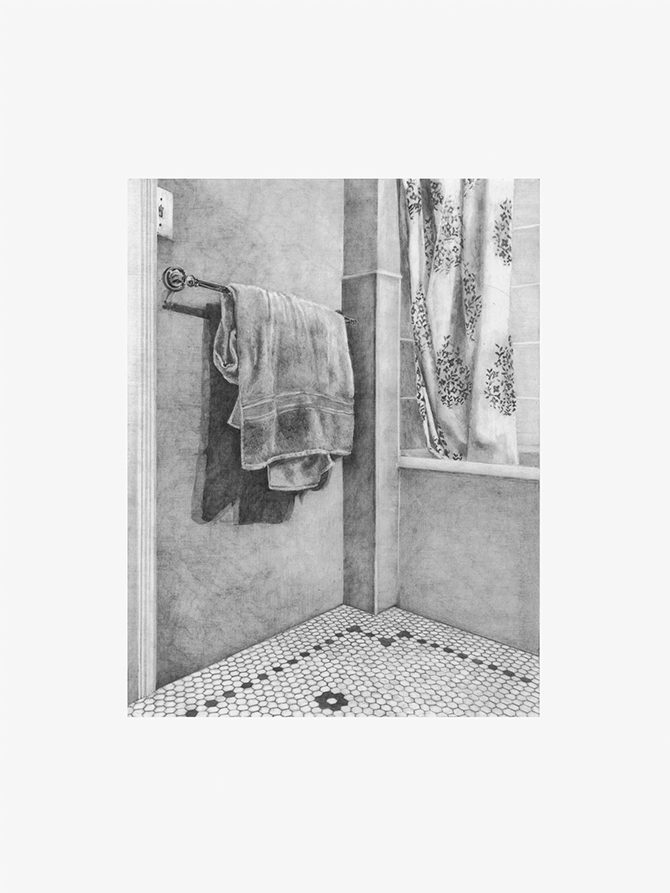
Martinet & Texereau, french illustrator duo.
+ http://martinet-texereau.com/
